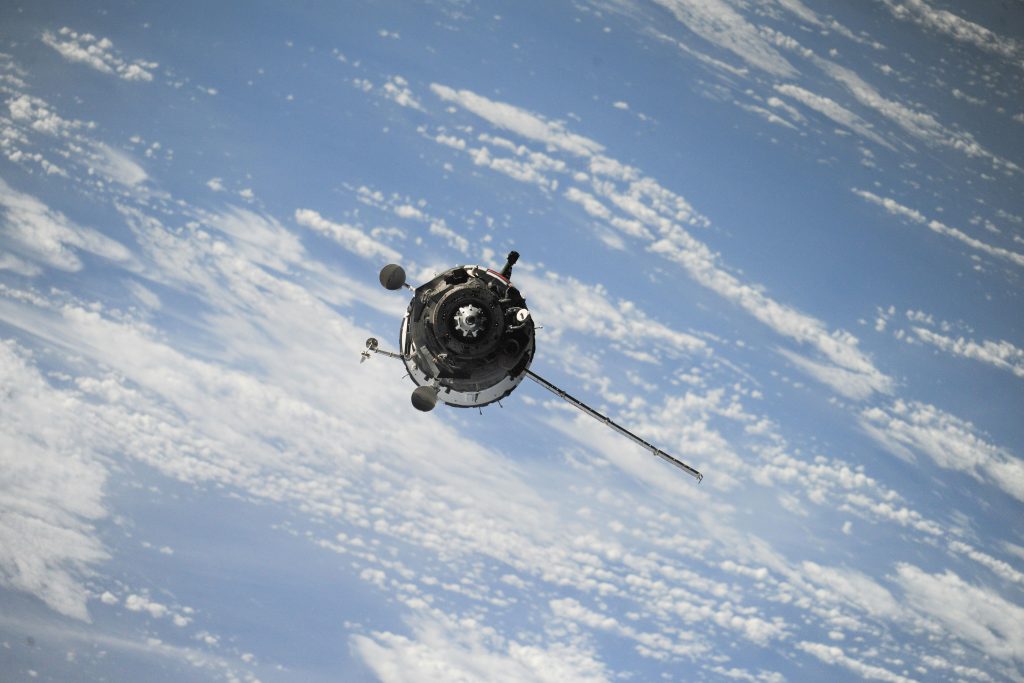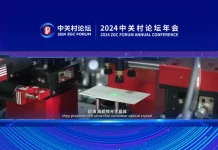Chinese scientists are harnessing the capabilities of the science satellite SDGSAT-1 to tackle the growing issue of light pollution in urban settings. A recent study by the Aerospace Information Research Institute under the Chinese Academy of Sciences, which made it to the International Journal of Digital Earth, highlights the innovative use of this satellite.
The satellite provides high-res nighttime light data to combat light pollution.
The study points out the shift towards LED lighting in the quest for decarbonization. While LEDs are energy-efficient, they also introduce a new problem—blue light pollution. This has necessitated the development of a tool that can quickly and accurately identify different types of light sources on a large scale.

SDGSAT-1 is stepping up to meet this need. It’s not just another satellite; it’s providing high-resolution, multispectral nighttime light data that other sources don’t offer.
Taking Beijing as a testbed, scientists demonstrated the satellite’s prowess with a stunning 92 percent accuracy in pinpointing artificial light at night and a 95 percent hit rate for streetlights. The satellite’s imagery lays bare the patterns of light across the city, especially along the 5th Ring Road, offering a new perspective on how light pollution varies in different parts of the urban jungle.
The findings are more than just a map of bright spots; they show significant differences in lighting across various road types and streetlights. This points to the impact that urban design and infrastructure have on the adoption of lighting technologies.
The SDGSAT-1 isn’t just a one-trick pony. Launched on November 5, 2021, it has the distinction of being the first space science satellite dedicated to aiding the UN’s 2030 Agenda for Sustainable Development. Its mission is to keep an eye from the sky on how humans, nature, and sustainable development interact.
Last September, SDGSAT-1’s contribution to our understanding of urban growth and sustainability was underscored when it provided the first-ever global atlas of urban nighttime light remote-sensing data. This atlas isn’t just a collection of pretty night-time city pictures; it’s a comprehensive 10-meter resolution dataset covering 147 cities in 105 countries, a treasure trove for researchers devoted to sustainable urban development.
RELATED:
- Skyworth unveils A4E series 4K 120Hz smart TVs in China
- Meizu 21 Pro With Snapdragon 8 Gen 3, LTPO Display Launched In China
- Big Discount: AOOSTAR R1 N100 NAS Mini PC Only For $159
- Xiaomi 13 Ultra Premium Camera Phone is now only $799
- How to add/remove someone in a WhatsApp group (with screenshots)
(VIA)







